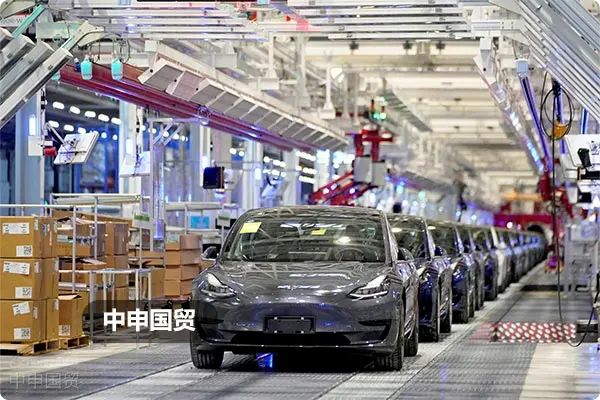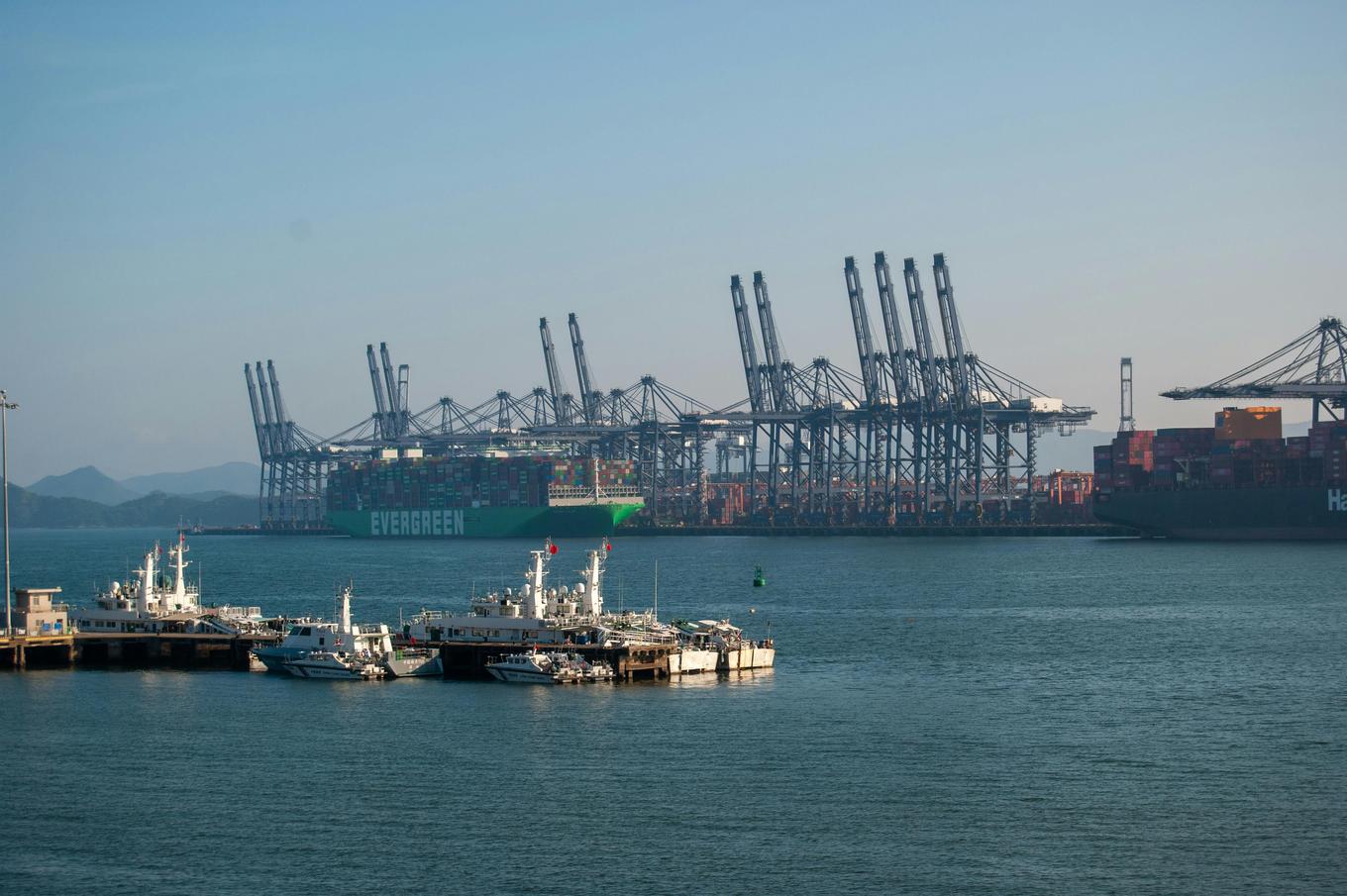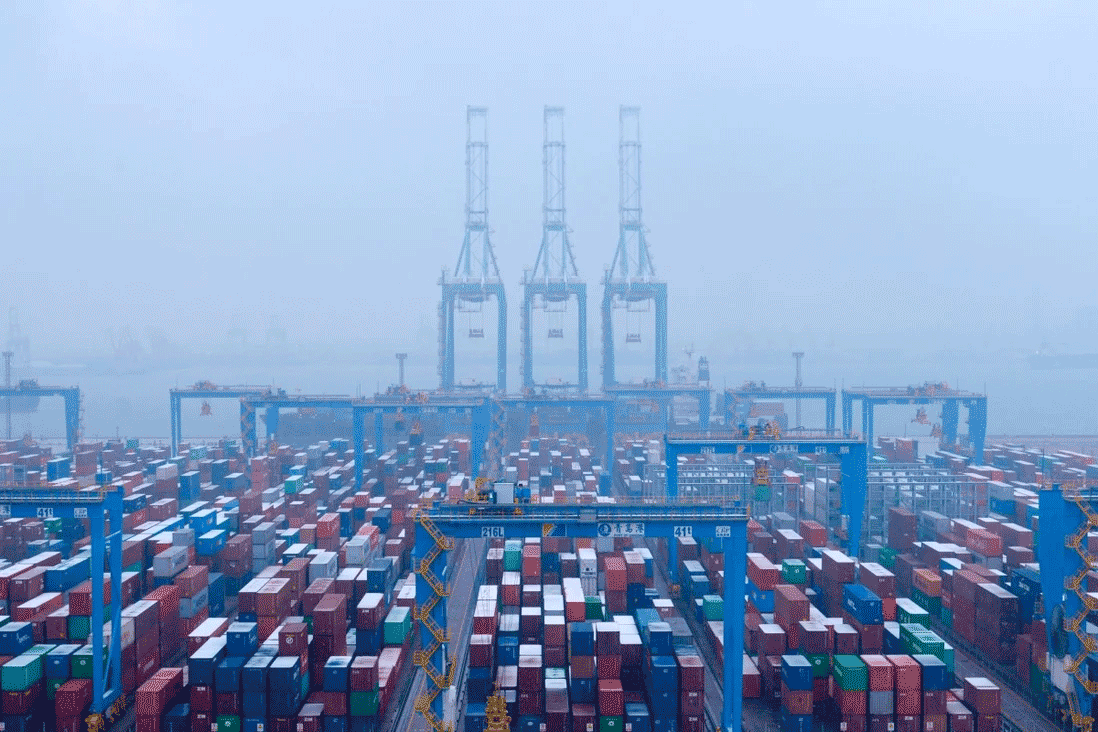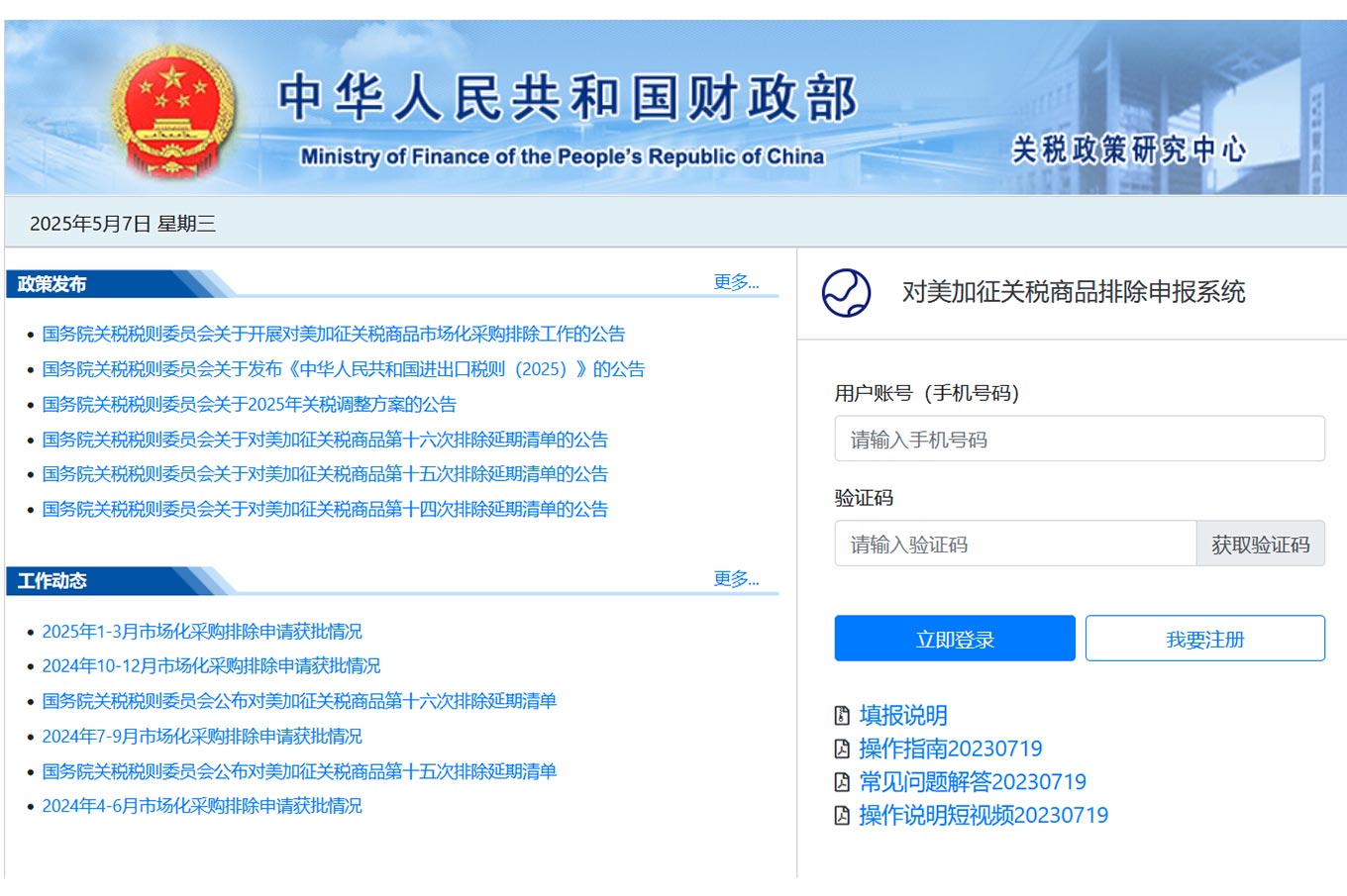- Shanghai Zhongshen International Trade Co., Ltd. - Two decades of trade agency expertise.
- Service Hotline: 139 1787 2118
In recent years, ChinaNew energyThe influence of automobiles in the global market has been increasingly strengthened. Especially in the Central Asian market, the export volume of Chinese new energy vehicles is growing rapidly. It is reported that since 2023, the export of commercial vehicles at the Horgos Port in Xinjiang has shown a rapid growth trend, and more than 35,000 vehicles have been exported so far.
"Currently, it is the peak season for exporting commercial vehicles at the port, with an average of over 100 vehicles exported daily," said the head of Xinjiang Khorgos Company. These commercial vehicles, sourced from various provinces across China, include engineering vehicles, buses, and new energy vehicles, primarily destined for Central Asia and countries along the "Belt and Road" initiative.

Chinese new energy vehicles have been warmly welcomed in the Central Asian market. According to statistics, in the first quarter of this year, Chinas export value of automobiles to Central Asian countries reached 500 million US dollars, a year-on-year increase of 121%. In particular, Chinese new energy vehicles are favored by the people in Central Asia.
On April 26 this year, at the Xian International Port Area, accompanied by the long whistle of the train,China-Europe Railway ExpressOn the 10th anniversary of the Belt and Road Initiative, the Chang'an China-Europe freight train's Xi'an-Central Asia special service was successfully launched, transporting over 260 BYD new energy vehicles manufactured in Xi'an to Uzbekistan.
In Tashkent, the capital of Uzbekistan, the most populous country in Central Asia, Chinese new energy vehicles have become common. Information from the Chinese Ministry of Commerce shows that in 2022, Uzbekistan imported 2,180 electric vehicles, of which 1,941 were from China. In just the first four months of this year, Uzbekistan imported 2,544 electric vehicles, of which 2,480 were from China.
Data shows that in the first 5 months of this year, Xinjiang, Chinaforeign tradeimport and exporthad a total value of 125.06 billion yuan. In terms of trading partners, Xinjiangs import and export value to the five Central Asian countries was 100.13 billion yuan, a year-on-year increase of 99.9%, accounting for 80.1% of Xinjiangs total foreign trade import and export value during the same period. In terms of products, the export value of electric passenger vehicles increased by 410.4% year-on-year, showing a significant year-on-year increase.
At the Baketu Port, where Xinjiang has the earliest trade, the export vehicle business is booming. The customs clearance procedures can be completed in an average of half an hour, and the vehicles can leave the country and complete the export. The Baketu Port is only 12 kilometers away from Tacheng City and is one of the land ports closest to the city in Xinjiang. A dozen kilometers out of the national gate is the town of Bakhty in Kazakhstan. From January to April this year, the port exported 9,653 vehicles of various types, exceeding the total for the whole of last year.
It is estimated that a batch of vehicles arrive at Tianjin Port from South Korea in a certain way, are transported to the Baketu Port by road, and then exported to Kazakhstan. The whole journey takes about 15 days, saving about two-thirds of the transportation time compared with sea transportation. Xinjiang fully demonstrates the advantages of the Golden Passage.Maritime TransportationThe goods arrive at Tianjin Port and are then transported by road to the Bakhtu Port, before being exported to Kazakhstan. The entire journey takes approximately 15 days, saving about two-thirds of the transportation time compared to sea freight, fully showcasing Xinjiang's advantage as a "golden channel."
New energy is an important future development direction of the automotive industry. In addition to the geographical advantages, the Xinjiang governments efforts to open up to the west are unprecedented. Many Chinese automakers choose to build factories in Xinjiang, aiming at the Central Asian market.
December 21, 2023, 13: 22
On May 24, Shaanxi Auto Xinjiang Automobile Co., Ltd. held the first centralized roll - off ceremony for new energy vehicles and delivered them to customers. This move marks that Shaanxi Auto Xinjiang Automobile Co., Ltd. has officially entered the new track of heavy - truck electrification, and at the same time fills the gap in the production of new energy commercial vehicle models in Xinjiang.
Shi Xinli, the deputy general manager of the company, introduced that in addition to being sold in the Xinjiang market, the vehicles are increasingly favored by the Central Asian market. The next step is to continue exploring application scenarios for new energy heavy-duty trucks while leveraging the opportunities presented by the "Belt and Road" initiative to expand into the Central Asian market.
At present, Shaanxi Auto Xinjiang Automobile Co., Ltd. has received orders from the Xinjiang market and the five Central Asian countries, reaching 3,446 vehicles, and has completed the production of more than 2,900 vehicles.
The automotive industry has become a significant area of cooperation between China and Central Asia. In 2022, three major Chinese automakers—Chery, Changan, and Great Wall—signed agreements with Kazakhstan's Astana Motors, investing $1.55 billion. Additionally, BYD established a joint venture in Uzbekistan to build its second overseas factory after its facility in Thailand. With the deepening implementation of the Belt and Road Initiative, an increasing number of Chinese automakers are investing in Central Asia, making the automotive sector a key collaborative field between China and the region.
Uzbekistan is the largest automotive market in Central Asia and is moving towards automotive electrification. In March this year, BYD held a brand and product pre - sale launch event in Uzbekistan, launching three new models. In addition, several stores officially opened in March.
At present, BYD has formulated a long - term localization development plan in Uzbekistan. The two sides have established a joint venture company in Uzbekistan, focusing on the production of new energy vehicles and their related parts.
During the recent China-Central Asia Summit, Yutong Bus signed an agreement with a Kazakh company to establish an "Automotive Industry Technology and Engineering Personnel Training Center." The initiative aims to jointly cultivate talent for the automotive industry and enhance cooperation and experience exchange in automotive manufacturing.
From product exports to technology exports, and then to service exports, the localization of China's automotive industry in Central Asian countries has been deepening step by step. The overseas head of Yutong Bus stated that benefiting from the broad platform provided by the Belt and Road Initiative, Yutong has achieved significant social benefits in Kazakhstan. In the future, Yutong will continue to deepen its presence in the Kazakh market and make new contributions to jointly building a green Belt and Road.
Tursunali Kuziev, a professor at the University of Information and Mass Media in Uzbekistan, said that strengthening cooperation with Chinese new energy automakers helps to popularize and promote new energy vehicles, promote green and low - carbon transformation, and further boost the development of the Central Asian new energy vehicle market.
The above content is sourced from China News Service.ZhongShen International TradeAs a one - stop importExport RepresentationThe service provider can provide customized import and export solutions for various industries. If you need foreign trade import and export agency services, please feel free to contact our company for business consultation. The consultation hotline is 139 - 1787 - 2118.
Related Recommendations
? 2025. All Rights Reserved. Shanghai ICP No. 2023007705-2  PSB Record: Shanghai No.31011502009912
PSB Record: Shanghai No.31011502009912










